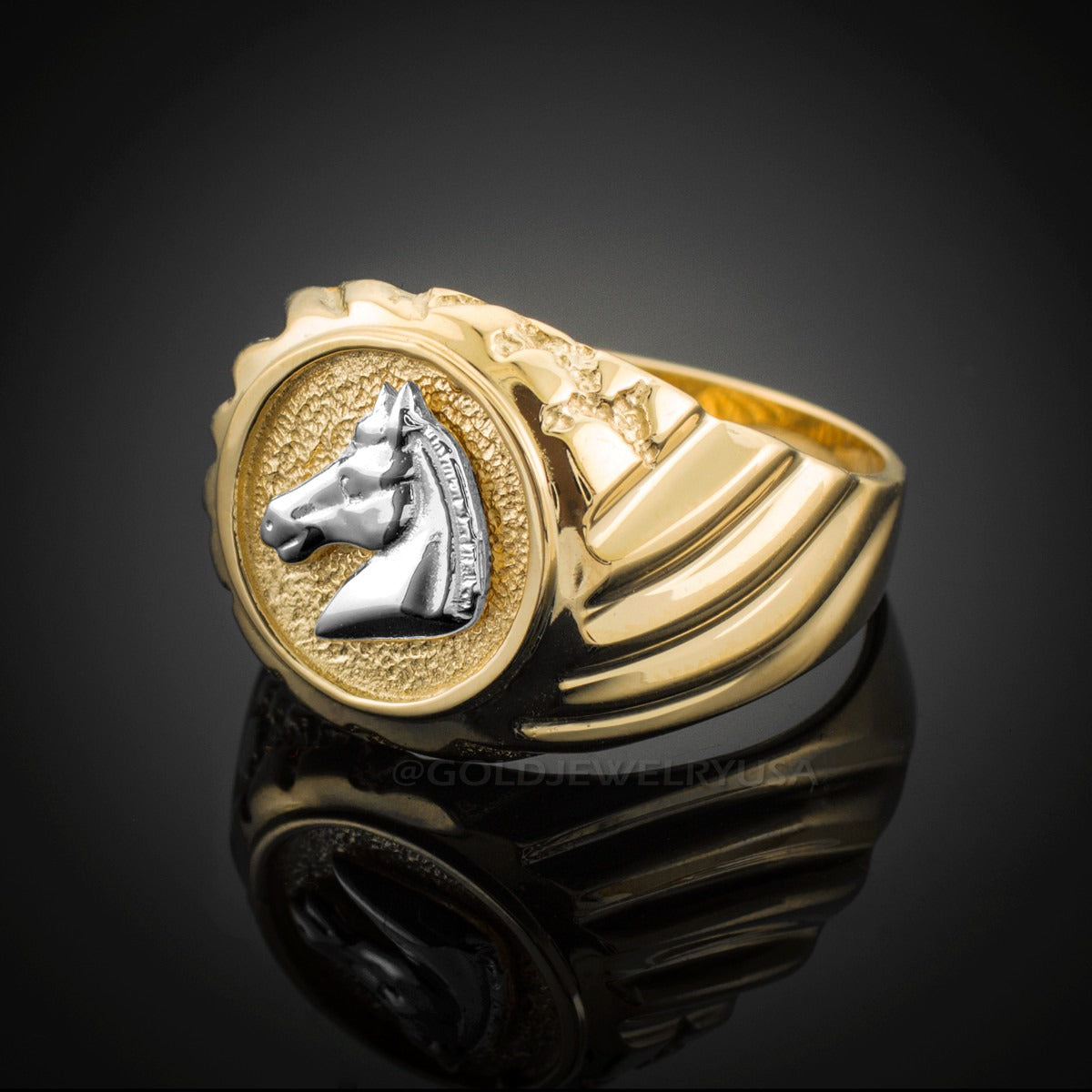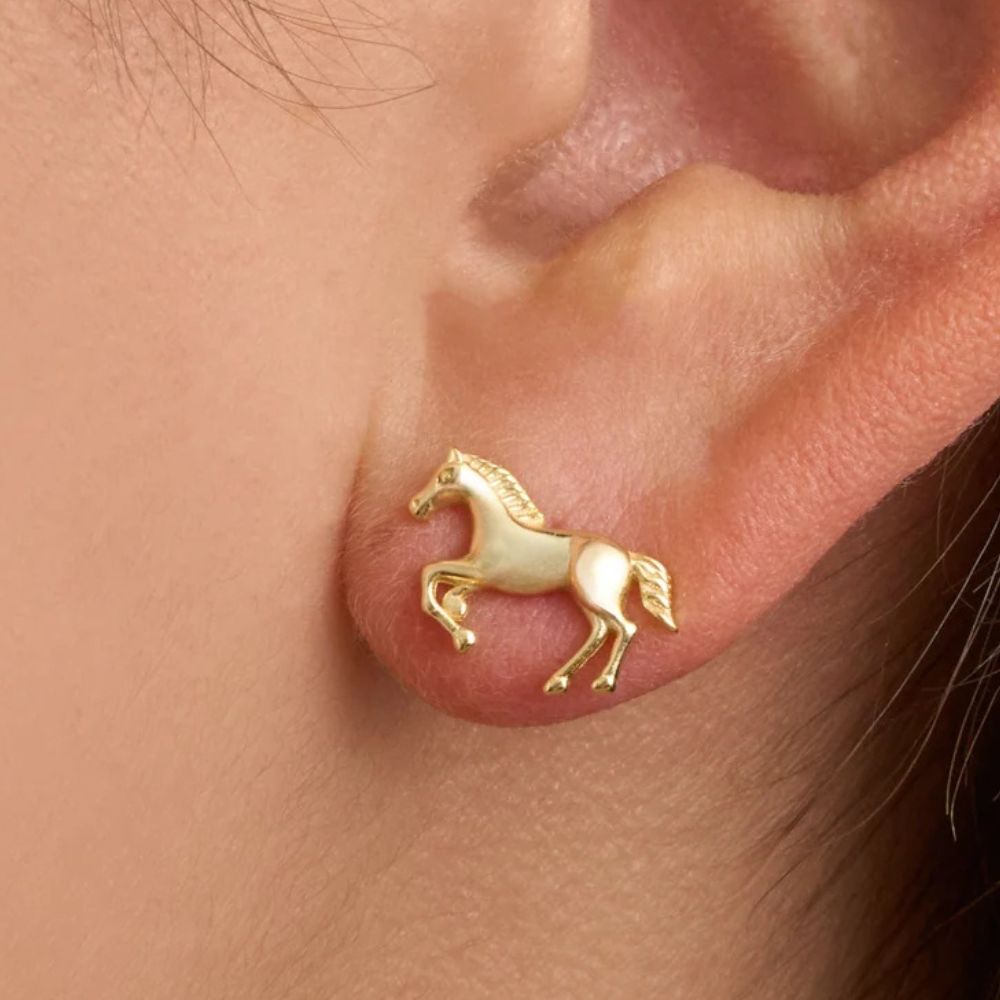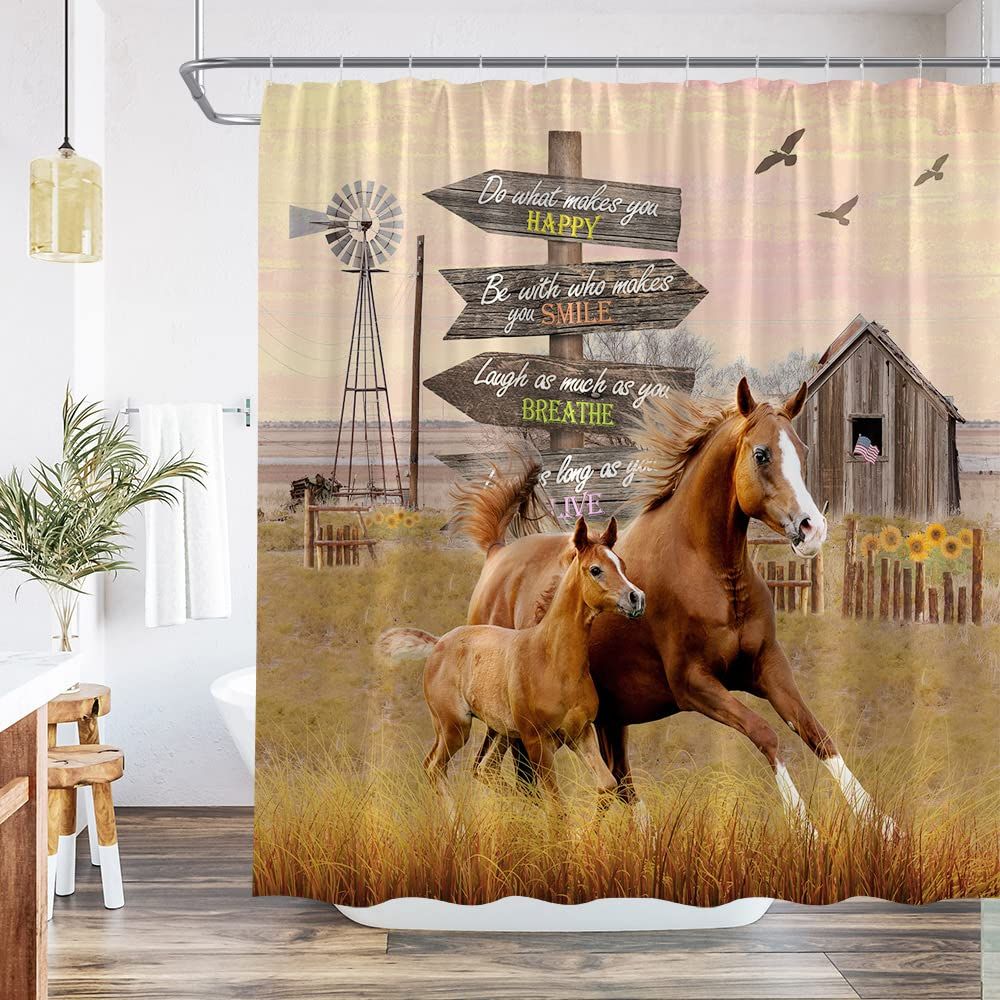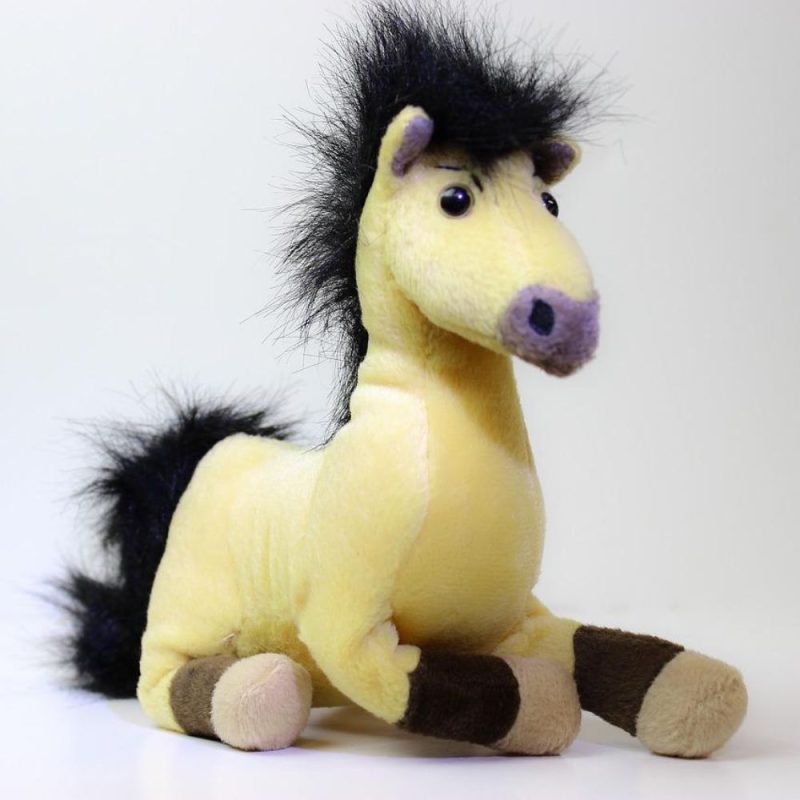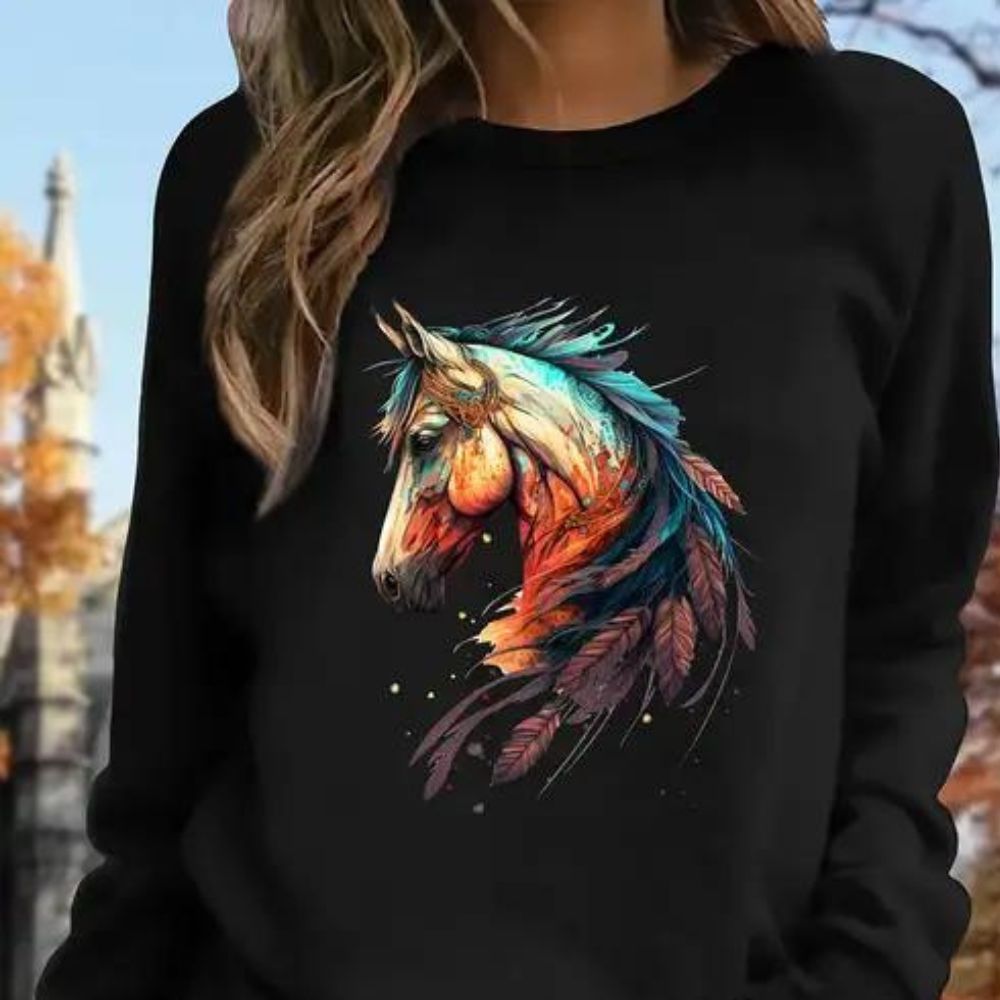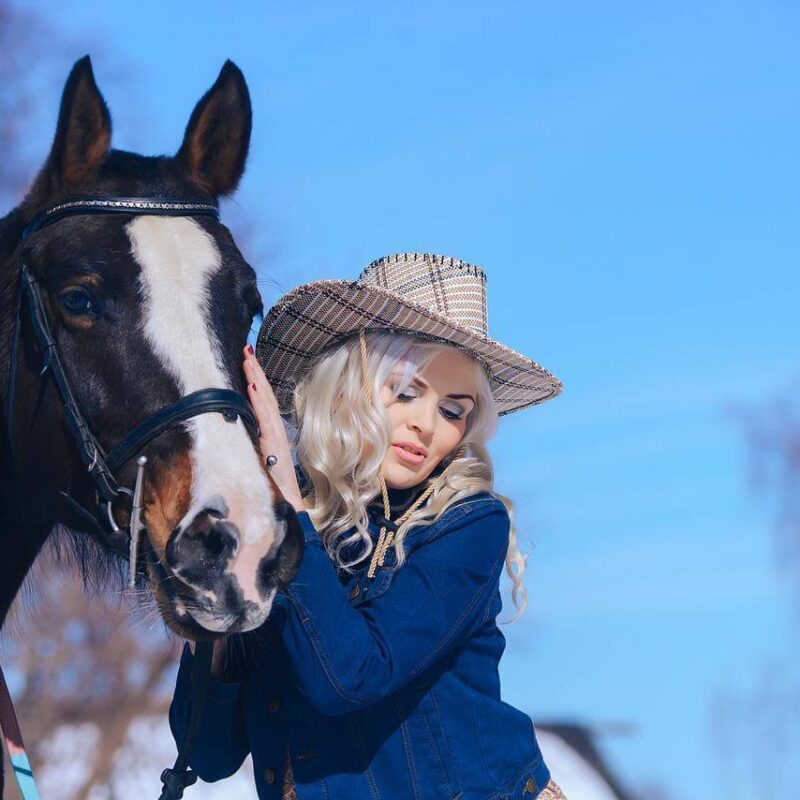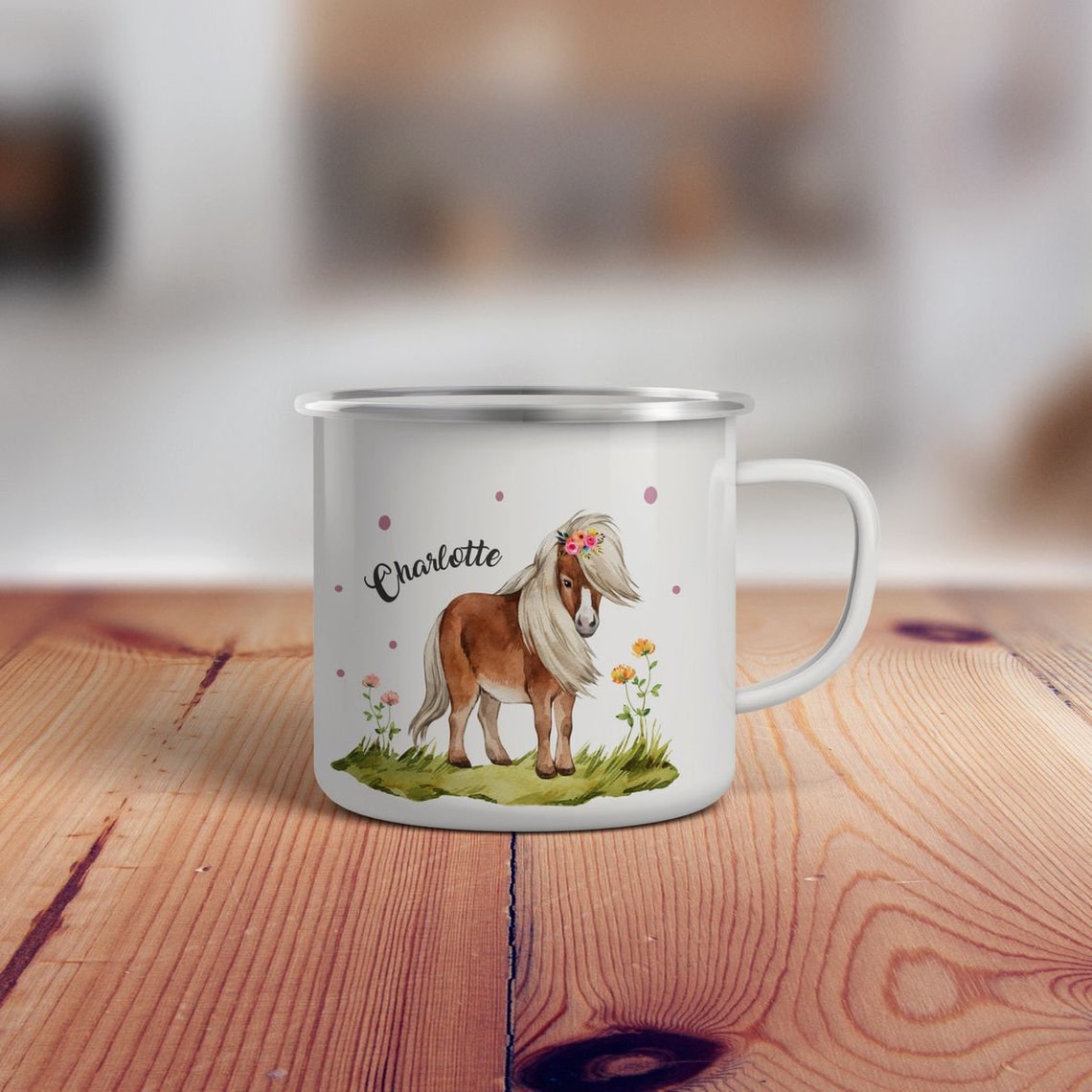
How Many Horses Died in the Civil War? The Shocking Truth
The thundering hooves of warhorses once shook the earth beneath the battlefields of the Civil War, their breath visible in the cold morning air as soldiers mounted for another bloody charge. These loyal animals, often forgotten in the retelling of history, carried the weight of a divided nation on their backs. But just how many horses paid the ultimate price in this brutal conflict? The truth is more heartbreaking than most realize.
How Many Horses Died in the Civil War? The Shocking Truth
Historians estimate that between one and two million horses and mules perished during the Civil War—a staggering number that surpasses the combined human toll on both sides. The Union and Confederate armies relied heavily on these animals not just for cavalry charges but for transport, communication, and hauling supplies. Yet, unlike fallen soldiers who were memorialized, the horses that died were often left where they fell, their sacrifices overlooked.
Disease, exhaustion, and battlefield injuries claimed most of their lives. Hundreds of thousands succumbed to malnutrition, as armies struggled to maintain supply lines. Others were shot to prevent capture or collapsed under the strain of endless marches. The sheer scale of loss speaks to the war’s brutality—a single battle like Gettysburg saw over 3,000 equine deaths in three days.
But let’s be honest: numbers alone don’t capture the suffering. These horses were not just tools of war—they were trusted companions, some even mourned by soldiers who depended on them. Their forgotten legacy is a testament to the war’s hidden costs.
The Indispensable Role of Horses in the Civil War
The Civil War was the last major conflict where horsepower dictated strategy. Without railroads or trucks, armies depended on horses and mules for nearly every operational need. Cavalry units needed them for mobility, while artillery relied on them to haul heavy cannons. Supply wagons, medical transports, and mounted messengers all required these animals to function.
The demand was so great that the Union alone purchased over 650,000 horses and mules during the war. The Confederacy, with fewer resources, struggled to replace losses, often resorting to seizing civilian mounts.
Cavalry: The Eyes and Ears of the Army
Fast-moving cavalry units scouted enemy positions, raided supply lines, and protected flanks. Horses bred for speed and endurance became high-value targets—losing them could cripple a regiment. Confederate cavalryman J.E.B. Stuart famously rode multiple horses to death during rapid maneuvers, highlighting the relentless pace of war.
Artillery: The Backbone of Battle
A single cannon required a six-horse team to move, and battles often featured hundreds of guns. When horses were killed or injured, entire batteries became stranded—a death sentence for crews under fire. The infamous "Charge of the Light Brigade" showed how cavalry and artillery horses could be slaughtered en masse under withering fire.
How Civil War Horses Met Their End
Disease was the silent killer. Horses crowded in unsanitary camps fell victim to glanders, equine influenza, and parasites. Battlefield injuries—shot, bayonetted, or blown apart by cannon fire—were even more gruesome. Officers frequently ordered healthy mounts killed rather than let them aid the enemy, leading to mass executions.
The Toll of Forced Marches
Armies often pushed horses beyond their limits. Confederate General Stonewall Jackson’s famous "foot cavalry" covered 646 miles in 48 days—a pace that left hundreds of horses dead from exhaustion.
The Aftermath: Forgotten Graves
Few efforts were made to bury horses after battles. Their bones littered fields for decades, and the soil at places like Antietam still yields equine remains today.
Honoring Their Sacrifice
While monuments to Civil War leaders abound, only a handful recognize the horses. The last surviving warhorse, "Old Drum," lived until the 1920s, a living relic of a forgotten tragedy.
Their story is one of loyalty and silent suffering—a reminder that war’s cruelty extends beyond human loss. The next time you hear a whinny on a quiet morning, take a moment to remember the millions who galloped into history, never to return.








